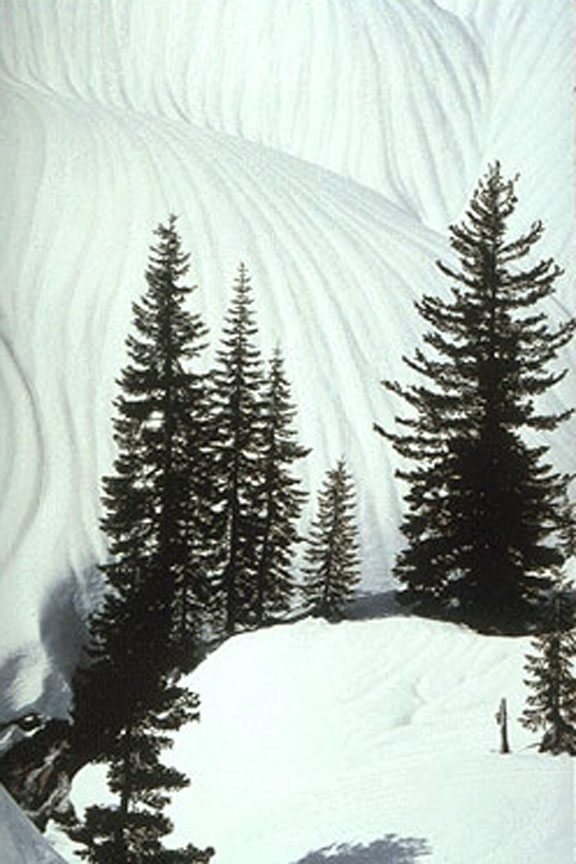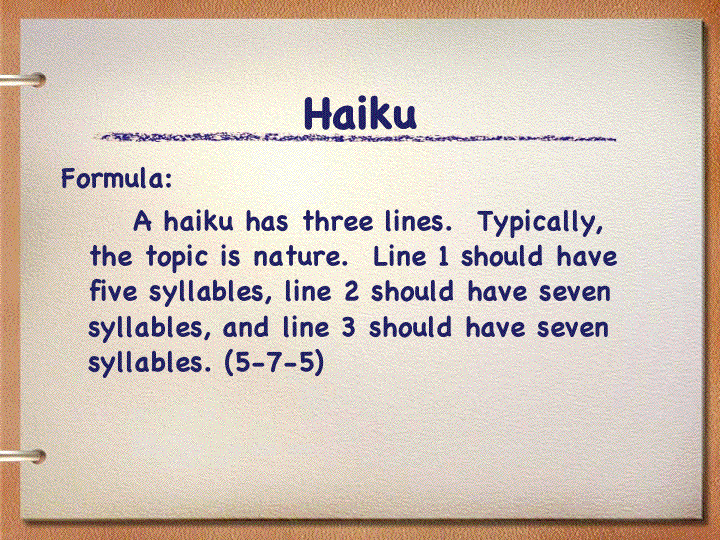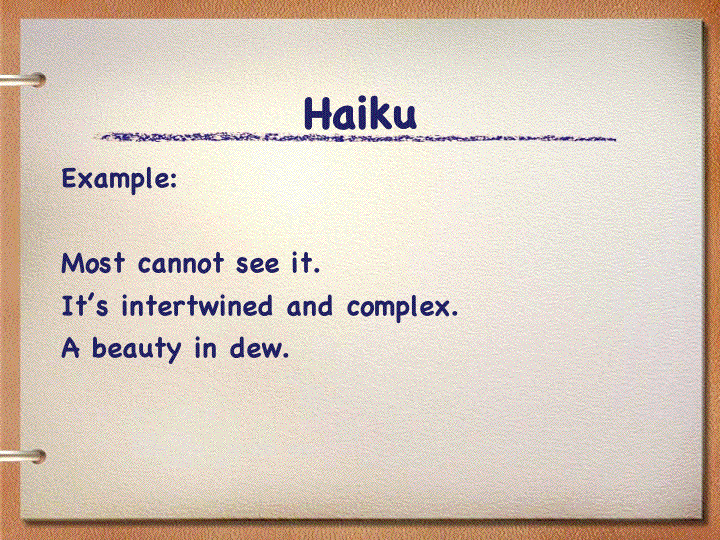| Winter |
 |
Printouts |
|
Haiku, Japan's most popular verse form, originated in |
|

H
Lacy white snowflakes All in different designs Dancing in the wind. Why is winter gone so soon?
- The pure white snowflakes
- Slowly drifting to the ground
- Making snow pillows.
- Won't I catch a cold out here?
- To the one you love -
your heart beats silent in your chest
Does all the talking. - Then what s all this noise I hear?